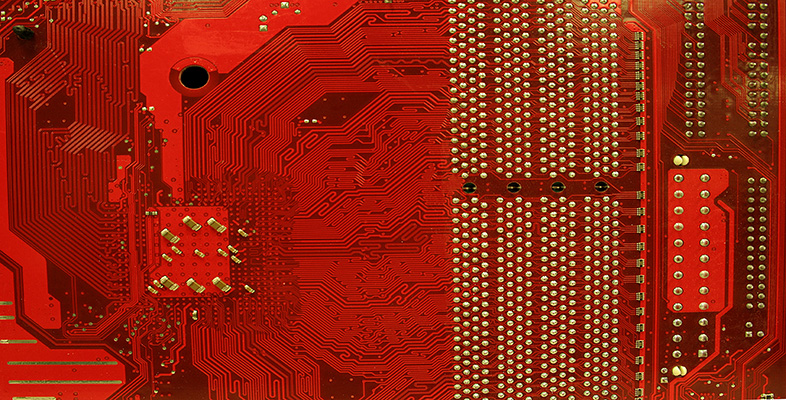2.2 Artificial intelligence
New eras bring new technologies. But our own age, the 20th and 21st centuries, has been an age of technology developing at bewildering speed.
Exercise 3
Note down what you think are a few of the dominant technologies of the last hundred years.
Comment
Actually, this is quite a tricky question. In an era like our own, it's difficult to single out any one technology that has dominated, since there are so many and the speed of change is so great. You may have considered energy technologies, such as electricity or nuclear power; or mechanical ones, including the internal combustion engine and the jet; or medical ones, such as vaccination or antibiotics. Maybe you thought of mass-communication technologies, including radio and television. However, it's not possible to look at the applied science of the latter half of the 20th and the early 21st centuries without considering electronics, electronic communication and the digital computer.
In the years between the end of the 18th century and the middle of the 20th, the dream of an artificial mind had not been forgotten. The mathematician George Boole (1815–1864) attempted to give precision to Hobbes' insights into thinking as a form of computation, by developing a mathematical account of logical thinking known as Boolean algebra, in his book Laws of Thought (1854). This work profoundly influenced some of the pioneers of artificial intelligence. Meanwhile, advances in engineering technology made it possible for Boole's contemporary, Charles Babbage (1791–1871), to design, and try to build, the first recognisable computers:
- The Difference Engine, intended to be used for calculating mathematical tables, was abandoned incomplete in 1823, after the huge sum of £23,000 had been spent on it.
- The Analytical Engine of 1835 was, arguably, the first programmable computer. If it had been constructed as Babbage designed it, the Engine would have been over eight metres long, with 24,000 parts. However, Babbage was not able to raise sufficient money to build the machine; he abandoned work on it in 1843 in favour of a different design.
- The Second Analytical Engine was designed by Babbage in 1849. It was a much more compact and efficient design, with only about 8000 parts. But again, no money was forthcoming for actual construction. However, in 1991 the London Science Museum built a full-scale working replica based on Babbage's plans.
However, it was not until the advent of the electronic technologies of the 20th century that artificial intelligence at last seemed as if it might become a reality. Mid-century, and within ten years of one another, two movements emerged with this general aim in mind: Cybernetics and AI. These two movements are so important to the argument of this course that they both deserve detailed consideration.
